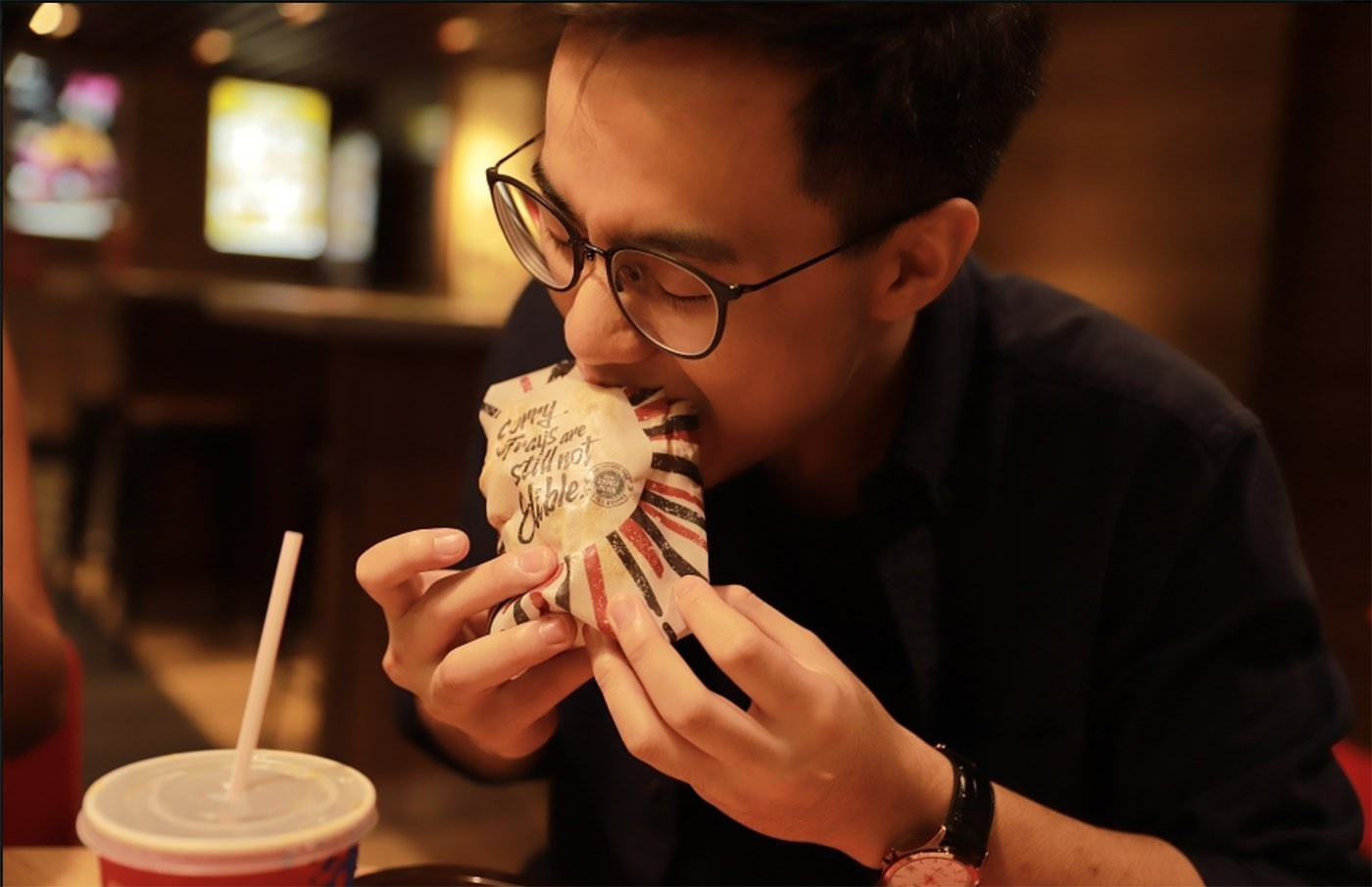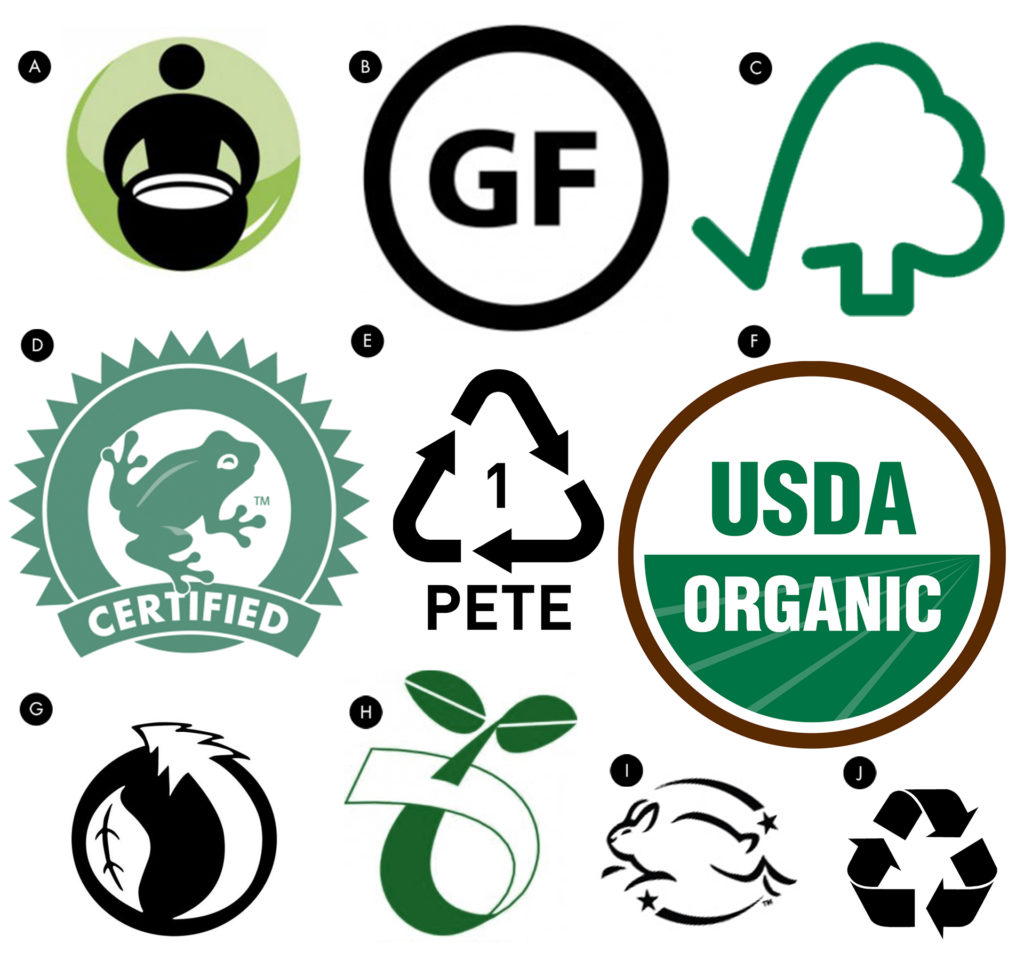KFC Good for You, Good for the Earth
Some of us remember the time when our Japanese grandmothers would give us bite-size pieces of hard candy that we could pop in our mouths wrappers and all. The translucent “tissue” would easily dissolve because it was made out of rice paper. Back then, it was a delightful novelty, but now it may be a solution for the mountains of packaging waste produced by fast-food chains. In Hong Kong, KFC is offering chicken sandwiches wrapped in edible rice paper and printed with edible ink. It makes sense. It cuts down on litter. It’s a tidy way to eat fried chicken without dropping greasy crumbs all over. And it is still “finger lickin’ good.”

Designed by Ogilvy & Mather Group Hong Kong, the edible wrapper was created to pair with KFC’s bunless Double Down sandwich, which features two pieces of fried chicken in place of bread. If you eat every last bite, you are responsibly contributing to the Zero Waste Movement.



